Separation anxiety in dogs is a common yet distressing condition that affects countless pet owners and their furry companions. Often, dogs develop an extreme attachment to their human caregivers, making it difficult for them to cope when left alone. But do humans contribute to separation anxiety in their dog? Understanding the causes, recognizing the signs, and implementing effective strategies can help reduce separation anxiety and improve a dog’s overall well-being.
Understanding Dog Separation Anxiety
Separation anxiety in dogs manifests as distress or behavioural problems when they are left alone. Some common symptoms include excessive barking or howling, destructive chewing, urination or defecation indoors, pacing, and attempting to escape. While certain breeds are more prone to anxiety, any dog can develop this condition based on their environment, upbringing, and past experiences.
One of the most overlooked factors contributing to separation anxiety is human behaviour. Many pet owners unknowingly reinforce anxious tendencies by reacting strongly to departures and arrivals. When owners make a dramatic exit, such as giving excessive hugs, kisses, or sorrowful goodbyes, they signal to their dog that being alone is a negative experience. Similarly, exuberant greetings upon returning home can heighten the dog’s emotional dependency.
How Humans Contribute to Dog Separation Anxiety
- Over-Attachment and Dependency When humans spend all their time with their dogs without setting boundaries, dogs can become overly dependent. Dogs that constantly follow their owners, receive attention on demand, and never experience alone time may struggle when their owners need to leave.
- Inconsistent Routines Dogs thrive on routine, and sudden changes can trigger anxiety. If a dog is accustomed to constant companionship but is suddenly left alone for long hours, the abrupt change can lead to stress and panic.
- Reinforcing Anxiety Responses When a dog shows signs of distress before their owner leaves, such as whining or pacing, owners may unknowingly reinforce this behaviour by providing extra attention or soothing words. While it seems comforting, this response teaches the dog that their anxiety gets rewarded with attention, reinforcing the cycle.
- Lack of Gradual Training Some owners fail to prepare their dogs for alone time. Dogs that have never been trained to be alone may become overwhelmed when left without their human, leading to full-blown separation anxiety.
Ways to Help Reduce Dog Separation Anxiety
- Encouraging Independence One of the best ways to prevent separation anxiety is by fostering a sense of independence. Dogs should have time alone even when their owners are home. Teaching a dog to settle in another room for short periods can help them adjust to being alone.
- Desensitization Training Gradual exposure to alone time is crucial. Start by leaving your dog alone for short periods, then gradually increase the duration. This method helps build their confidence and teaches them that being alone is safe.
- Establishing a Routine Consistent daily routines help dogs feel secure. Feeding, walking, and playtime should occur at predictable times to give dogs a sense of stability and reduce anxiety.
- Avoiding Emotional Departures and Arrivals To prevent reinforcing anxious behaviours, keep departures and arrivals low-key. A simple, calm goodbye and a relaxed greeting can help a dog remain emotionally stable.
How to Manage Dog Separation Anxiety
- Providing Mental and Physical Stimulation A tired dog is a calm dog. Ensuring that your dog gets enough exercise before you leave can reduce anxiety. Mental stimulation through puzzle toys, training exercises, and interactive play can also help keep them occupied in your absence.
- Using Anxiety-Reducing Tools There are several tools available that can help manage separation anxiety. These include:
- Crate Training: A properly introduced crate can serve as a safe haven where a dog feels secure.
- Calming Aids: Products such as calming collars, pheromone diffusers, and anxiety wraps like the Thundershirt can help soothe anxious dogs.
- White Noise or Music: Playing soft music or white noise can create a calming environment and mask outside noises that may trigger anxiety.
- Interactive Toys and Treats Engaging toys like treat-dispensing puzzles or frozen Kongs filled with peanut butter can keep dogs occupied and help them associate alone time with positive experiences.
- Hiring a Pet Sitter or Dog Walker For dogs with severe anxiety, hiring a pet sitter or dog walker can provide companionship and prevent them from feeling isolated.
Solutions to Help Stop Dog Separation Anxiety
- Behavioural Training with Professional Help In severe cases, working with a professional dog trainer or behaviourist can be highly effective. Experts can develop personalized strategies to address the root cause of the anxiety and provide structured training plans.
- Medication for Severe Cases In extreme cases where anxiety is debilitating, a veterinarian may prescribe anti-anxiety medication. Medications such as fluoxetine or clomipramine can help stabilize a dog’s emotions while behaviour modification techniques are implemented.
- Doggy Daycare For dogs that struggle with being alone, enrolling them in doggy daycare a few times a week can provide socialization and reduce their dependence on their human.
- Adopting Another Pet Some dogs benefit from having a companion. If circumstances allow, adopting another pet may help reduce loneliness and anxiety, though this is not a guaranteed solution for every dog.
Human behaviour plays a significant role in the development of dog separation anxiety. By understanding how our actions influence our pets, we can take proactive steps to reduce stress and promote confidence in our dogs. Encouraging independence, maintaining consistent routines, using anxiety-reducing tools, and seeking professional help when needed can all contribute to managing and eventually eliminating separation anxiety. A well-adjusted dog leads to a happier household, making life more enjoyable for both pets and their owners.
Featured Image by Winsker from Pixabay
Discover more from A Tail of Two Dogs
Subscribe to get the latest posts sent to your email.
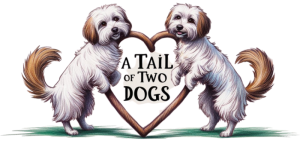
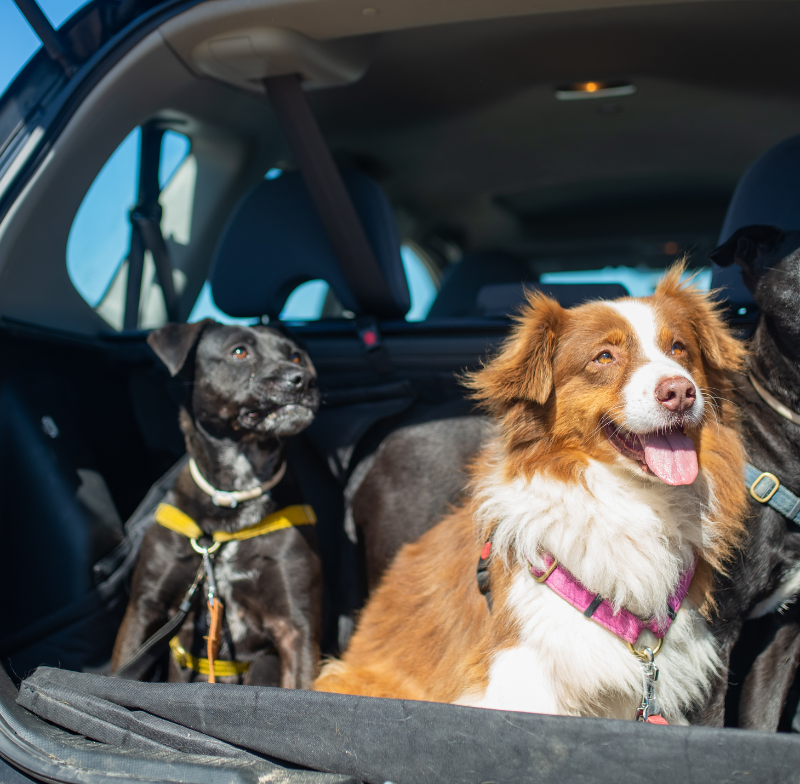
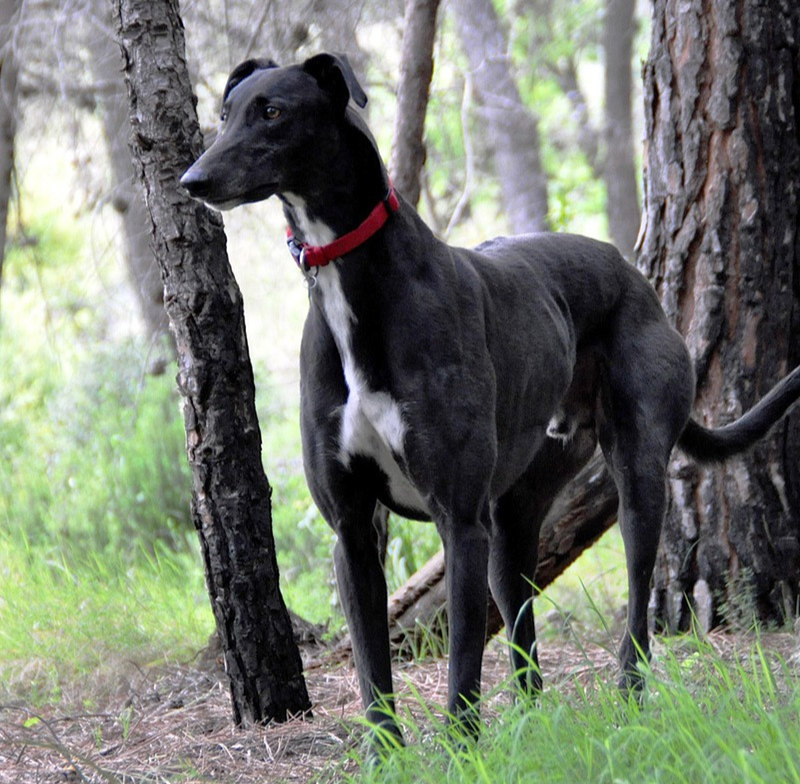
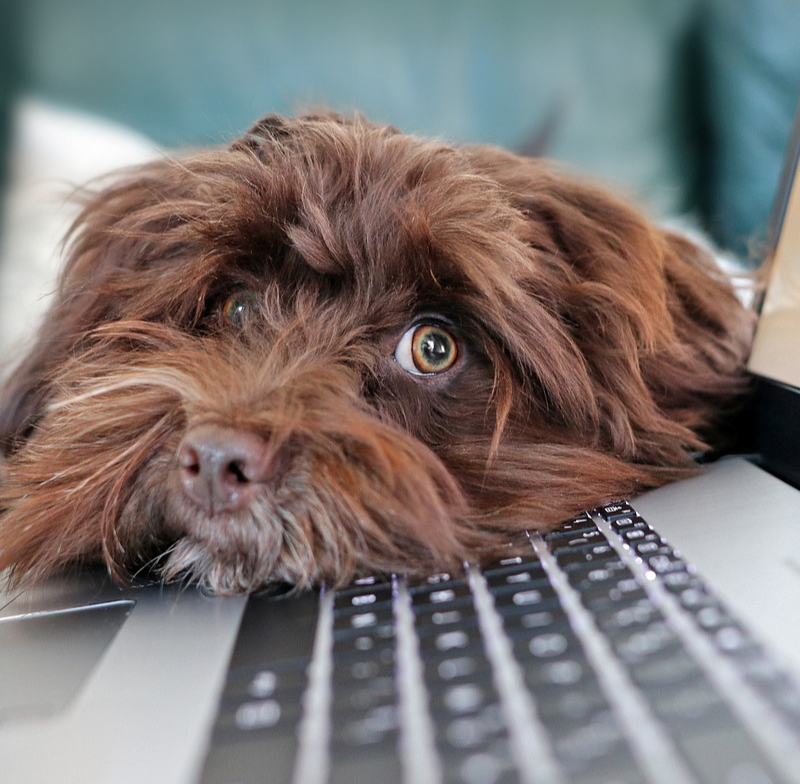
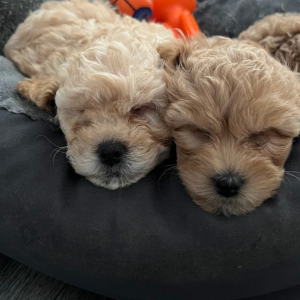
Leave a Reply